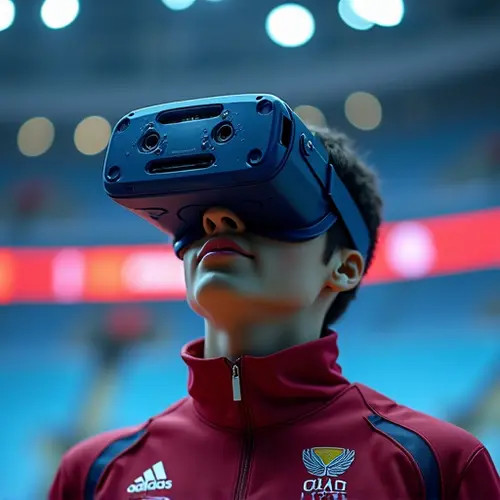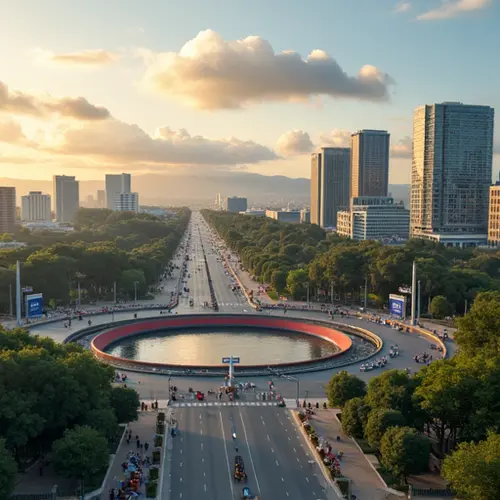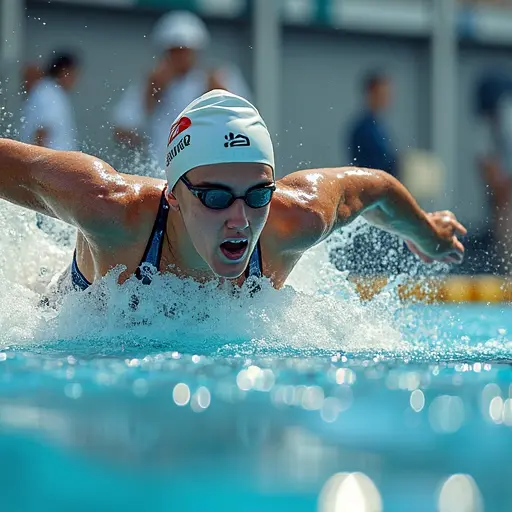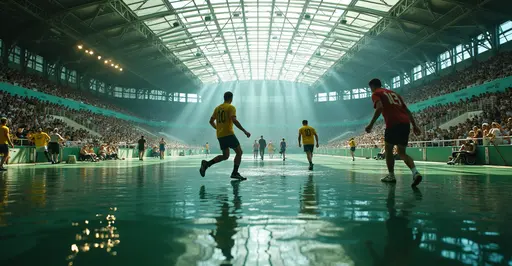Brisbane is advancing major infrastructure projects for the 2032 Olympics, including new stadiums, transport upgrades, and venue developments. The $20 billion plan faces both excitement and controversy over fast-tracking and community benefits.
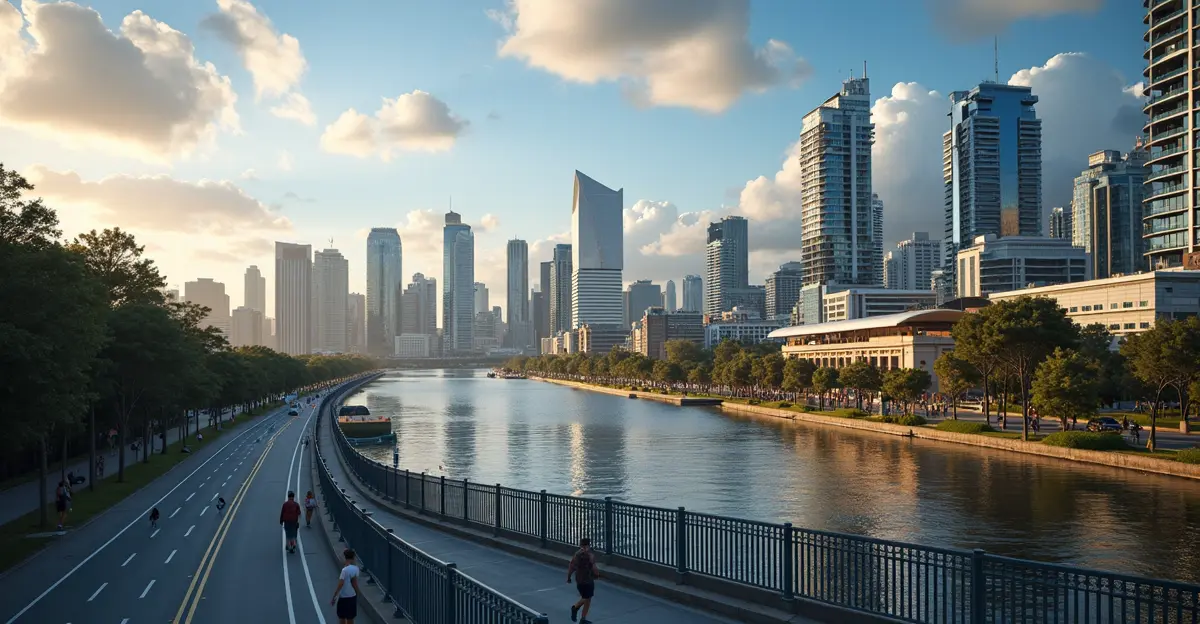
Brisbane's Olympic Dream Takes Shape with Major Infrastructure Projects
As Brisbane prepares to host the 2032 Summer Olympics, the city is undergoing a massive transformation with infrastructure projects valued at billions of dollars. The Queensland Government's recently released 2032 Delivery Plan outlines a comprehensive strategy to create world-class facilities that will serve the community long after the Games conclude.
Venue Development and Legacy Planning
The centerpiece of Brisbane's Olympic infrastructure is the new 63,000-seat Brisbane Stadium at Victoria Park, which will host the opening and closing ceremonies. 'We're not just building for 16 days of competition, but for generations of Queenslanders,' says Andrew Liveris, Chair of the Brisbane Organising Committee. The venue strategy includes a National Aquatic Centre in Spring Hill with 25,000 temporary seats and three athlete villages across Brisbane, Sunshine Coast, and Gold Coast.
Existing venues are receiving significant upgrades, with Sunshine Coast Stadium expanding from 1,046 to 10,680 seats and the Queensland Tennis Centre adding a 3,000-seat showcourt. New community facilities like the Logan Indoor Sports Centre and Moreton Bay Indoor Sports Centre will address growing demand for multisport venues across the region.
Transport Revolution Underway
Transport infrastructure is receiving the largest investment, with projects designed to transform Southeast Queensland's mobility. The SEQ Rail Connect plan coordinates nearly $20 billion in rail investments, with Cross River Rail's 5.9km twin tunnels and four new stations under Brisbane CBD scheduled for completion by 2025.
'These transport projects will connect our growing regions and create lasting benefits for all Queenslanders,' explains a spokesperson from the Department of Transport and Main Roads. Key projects include The Wave heavy rail line from Beerwah to Birtinya, Logan to Gold Coast Faster Rail doubling tracks between Kuraby and Beenleigh, and Bruce Highway upgrades with over $9 billion investment.
Controversy and Community Concerns
Despite the ambitious plans, the government's approach has faced criticism. Proposed amendments to the Brisbane Olympic and Paralympic Games Arrangements Act would allow Olympic projects to bypass 15 planning acts, including environmental and heritage protections. 'This fast-tracking contradicts Brisbane's original bid commitments to sustainability,' notes a researcher from Queensland University of Technology.
Research shows many Queenslanders remain apathetic about the Games and concerned about costs, with some questioning why Olympic funding isn't being directed to more pressing community needs. The International Olympic Committee maintains this is about 'fast tracking, not circumventing' proper processes.
Looking Ahead to 2032
With seven years remaining until the Games, Brisbane has the longest preparation period of any Olympic host city in history. The comprehensive venue and transport strategy aims to balance short-term Olympic needs with long-term regional development. All Olympic venue transport facilities are scheduled to be operational by 2028, providing ample testing time before the main event.
As one urban planning expert observes, 'The success of Brisbane 2032 will be measured not by the medals won, but by the lasting benefits created for Queensland communities.' The coming years will determine whether Brisbane can deliver on its promise of creating Olympic infrastructure that serves both the Games and generations to come.

 Nederlands
Nederlands
 English
English
 Deutsch
Deutsch
 Français
Français
 Español
Español
 Português
Português




